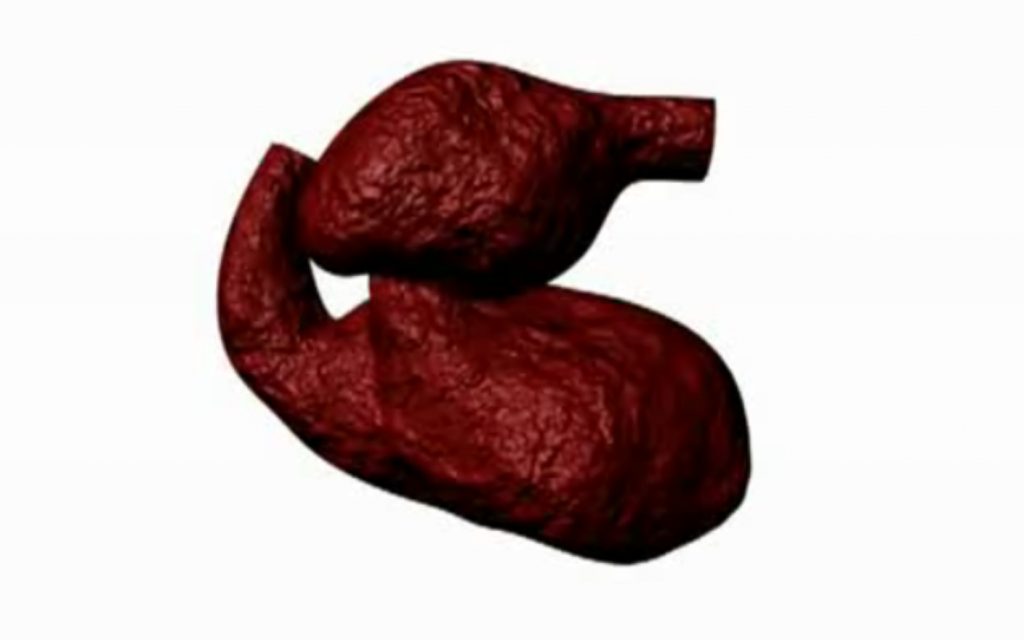Laughing Mantis Studio Animated Intro
Laughing Mantis Studio now has an intro animation! I mainly created this for the fun of it, but also to stick in front of any timelapses, or other videos. I make.
Created and rendered in Blender.
Laughing Mantis Studio now has an intro animation! I mainly created this for the fun of it, but also to stick in front of any timelapses, or other videos. I make.
Created and rendered in Blender.
I made this video back in 2006 for an old high school friend who was in the Seattle band “Bronze Fawn” (he’s no longer with them). It was the first animation I ever made, apart from a couple of tiny tutorials, so really I learned animation by trying to make this video (I used Maya 6 software). It took many months and countless hours, but it’s really the project that got me hooked on digital art.
When I originally uploaded this video to YouTube it ended up getting almost 500,000 views thanks to a feature on the front page. Looking back now, the original upload is barely watchable because the resolution is so low. I managed to dig up this higher resolution version and decided to upload it.
The song is “Moonbeam Death Ray.”
The band is “Bronze Fawn.”
Hopefully you can make the connection at the end 🙂
From August 2009 to August 2010 I worked as a post-doc in the lab of Dr. Veronica Hinman at Carnegie Mellon University. Basically, I studied the evolution of gene regulatory networks (GRNs). Specifically, our lab focused on looking at GRNs in the context of development using the wonderful sea critters in the phylum Echinodermata. For those of you not in the know, the “spiny-skinned” echinoderms are the asteroids (starfish/sea stars), ophiuroids (brittle stars), echinoids (sea urchins), holothuroids (sea cucumbers), and crinoids (feather stars, sea lillies and such).
In celebration, I spent a fair bit of time getting back to my art roots creating the above cladogram in the sand of the Echinoderm phylum.
I spent a while trying to find time-lapses or animations of starfish development online, to no avail. Thus I spent a week of much needed downtime to create this computer animation using Blender: (note – you can also watch it in High Definition on youtube).
NOTE: The details of the actual metamorphosis of the rudiment into the juvenile are not accurate – it’s quite hard to animate these types of changes – and to be honest I had not actually seen these creatures in the flesh. But it’s good enough to get a good idea of how the whole developmental process occurs in this type of sea star.

Way back in 2005/2006 I was trying to finish up a Ph.D. in biology studying the genetics of heart development in the lab of Dr. Frank Conlon at UNC, using the frog as a model. My advisor at the time was also going up for tenure and wanted a decent animation of heart development for his presentation. Thus I convinced him to buy us a copy of Maya, with which I made the following video and started learning how to create 3D art and animations.


3D animation of the Flying Spaghetti Monster. This is a render that I modeled and animated in two nights. Bathe in the glory of his Noodly Appendages.
Created with the opensource Blender and the GIMP, and Adobe After Effects.
